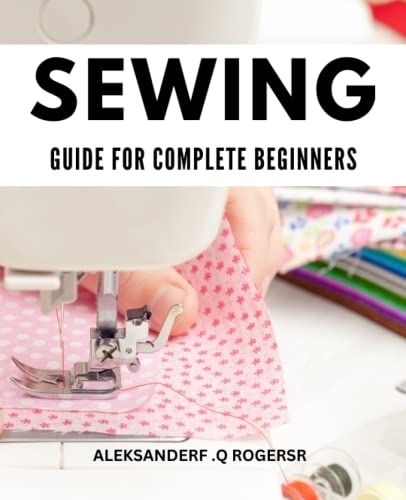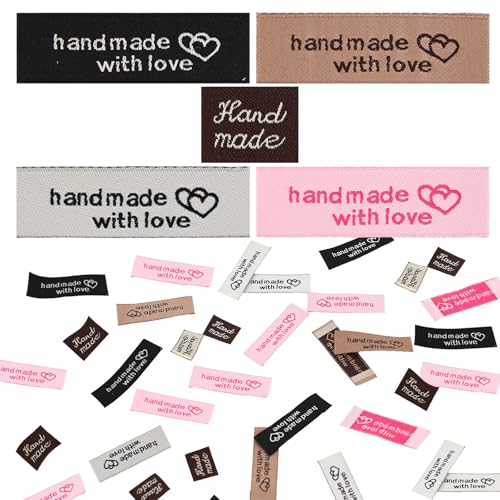When I became interested in sewing, I quickly realized how empowering it is to create something both beautiful and functional. One of my favorite projects has been making a nursing cover—an essential item for many moms that’s surprisingly simple to sew. Whether you’re a beginner or a seasoned stitcher, this project is a great way to combine creativity with practicality.
Choosing the Right Materials
Using the right materials ensures a nursing cover is both functional and comfortable. Thoughtful choices enhance durability and aesthetic appeal.
Fabric Selection
Lightweight, breathable fabrics work best for nursing covers. Cotton and muslin are excellent options due to their softness and ease of care. Avoid heavy fabrics like denim or thick polyester, which can trap heat. Patterned fabrics, such as florals or geometric shapes, hide stains better than solid colors. Pre-washed fabrics prevent shrinkage after sewing.
Necessary Tools and Supplies
Gathering the correct tools eases the sewing process. Essential tools include fabric scissors, straight pins, measuring tape, and a sewing machine. Supplies also include matching thread, a fabric marker or chalk, and an iron for pressing seams. Adding an adjustable strap requires D-rings or other hardware for a polished finish.
Preparing Your Pattern and Measurements
Before starting a nursing cover, organizing patterns and taking accurate measurements ensures a smooth sewing process. This step helps create a functional and comfortable design.
Creating or Using a Pattern
I either create a simple rectangular pattern or use a pre-designed one to save time. For a basic nursing cover, I recommend a 36-inch wide by 24-inch long rectangle. This size provides sufficient coverage while maintaining portability. To add customization, I sketch additional features like a curved neckline or pockets. If using a commercial pattern, I ensure it’s appropriate for my selected fabric and project dimensions.
Measuring for a Comfortable Fit
I use measuring tape to determine essential dimensions, like the width and length that suit the intended user. For the neck strap, I measure from one shoulder to slightly below the opposite armpit, typically needing about 20-24 inches of strap length. Including an adjustable strap or Velcro ensures flexibility. I mark these measurements on both the fabric and pattern to prevent inconsistencies before cutting. Accurate measurements improve comfort for both the wearer and baby.
Step-by-Step Sewing Process
Creating a nursing cover involves a few straightforward steps. With careful attention to detail, the process ensures a functional and polished result.
Cutting the Fabric
I start by laying the fabric flat on a clean, open surface. Using a measuring tape, I mark a rectangle that’s 36 inches wide by 24 inches long, ensuring straight, accurate lines. Sharp fabric scissors are essential for clean cuts, so I cut along the marked lines carefully to avoid frayed edges. If I’m adding a neck strap from the same material, I also cut a strip that’s 28 inches long by 2 inches wide.
Sewing the Edges and Seams
To create neat edges, I fold over about 1/4 inch of fabric along all sides, pressing it with an iron to hold the fold in place. I then fold the edges over again by another 1/4 inch to enclose the raw edges completely. Straight pins secure the folds, keeping them even. At the sewing machine, I stitch close to the inner edge of the folded hem using matching thread for a clean finish.
Adding the Neck Strap and Adjustments
For a sturdy neck strap, I fold the fabric strip in half lengthwise with the right sides facing, then sew along the long edge. After turning the strap right side out, I press it flat with an iron for a crisp appearance. To attach it to the nursing cover, I position one end about 4 inches from the top corner of the fabric’s long side and sew it securely. If adjustability is desired, I often incorporate D-rings or Velcro at the strap’s free end.
Final Touches and Decoration
After sewing, I inspect the nursing cover for any loose threads and trim them. Adding decorative elements like embroidered designs, contrasting trims, or even a pocket enhances both appearance and functionality. I keep embellishments minimal to avoid irritation for the baby or the wearer. Ironing the entire nursing cover completes the process, leaving it neat and ready to use.
Tips for a Successful Project
A well-planned approach ensures your nursing cover is both functional and visually appealing. With attention to detail, you can avoid common pitfalls and enhance the sewing process.
Common Mistakes to Avoid
Skipping pre-washing fabric can cause shrinkage after the first wash. I always pre-wash and iron my fabric to ensure an accurate fit.

Using improper thread tension might create uneven stitches or puckering. I adjust the tension based on the fabric type and test on a scrap beforehand.
Incomplete pressing between steps leads to uneven seams. Pressing as I sew keeps edges crisp and professional-looking.
Choosing heavy or stiff fabrics reduces comfort and functionality. I stick to lightweight options like cotton or muslin for better breathability.
Overlooking seam allowances results in incorrect sizing. I measure and mark allowances on the fabric before stitching.
Helpful Sewing Techniques
Using pins or fabric clips holds layers steady while sewing. I also place pins perpendicular to the edge for easier removal.
« Master Sewing a Chef’s Hat: A Fun Kitchen Project for Creatives and Culinary Enthusiasts
How to Make a Fabric Baby Mobile That’s Adorable, Safe, and Perfect for Any Nursery »
Double-fold hems finish the edges neatly and prevent fraying. I press the fabric twice and sew along the fold for a clean look.
Basting stitches, whether by hand or machine, provide temporary alignment. I use them to hold pieces in place before final stitching.
Topstitching reinforces edges and adds a decorative touch. I use a contrasting thread color for subtle detailing.
Making adjustments at critical seams, especially on the neck strap, ensures comfort. I recommend testing as I sew to achieve the perfect fit.
Conclusion
Sewing a nursing cover is such a rewarding project that combines creativity and practicality. It’s not just about crafting something useful; it’s about creating something personal that fits your style and needs. Whether you’re a beginner or an experienced sewer, this project offers the perfect balance of simplicity and customization.

I hope this guide inspires you to pick up your fabric and tools and dive into sewing your own nursing cover. With a little patience and planning, you’ll have a beautiful, functional piece that makes those special moments with your baby even more comfortable. Happy sewing!

















